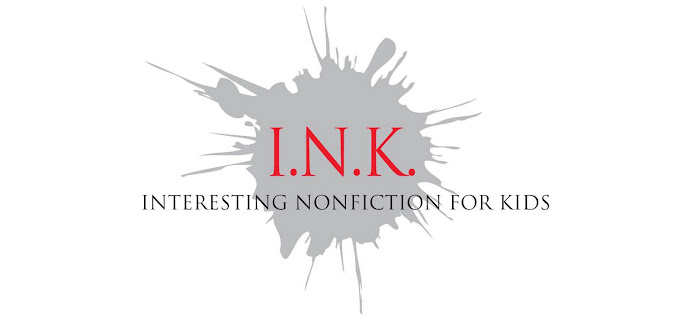Two of her questions:
“You’ve said that you like using collage because, among other things, it allows the viewer to participate, to fill in information. You’ve also said that your sketch process produces distortions or inaccuracies that are necessary to give life to the illustration. So much informational illustration is concerned with precision, and with exercising absolute control over what information it delivers, so I think your technique raises an interesting contradiction. Could you speak a little about that, about the tension between artistry and functionality?”
“A lot of science picture books use photographs. What can illustration accomplish that photography can’t? Or vice versa?”
Good questions...
And here’s something I read somewhere months ago. I was able to find it today in a few seconds with Google (what would we do without it?):
You’re driving a bus that is leaving on a trip from Pennsylvania and ending in New York. To start off with, there were 32 passengers on the bus. At the next bus stop, 11 people get off and 9 people get on. At the next bus stop, 2 people get off and 2 people get on. At the next bus stop, 12 people get on and 16 people get off. At the next bus stop, 5 people get on and 3 people get off. Question: What color are the bus driver’s eyes?*
What this riddle has in common with Liz’s questions is a focus on noise. The irrelevant information in the bus driver question distracts most of us enough that we can’t come up with the obvious answer to a deceptively simple question.
 To reference Google again, contrasting a satellite view in Google Earth with a map view of the same area in Google maps demonstrates how the high information content of photography can be confusing.
To reference Google again, contrasting a satellite view in Google Earth with a map view of the same area in Google maps demonstrates how the high information content of photography can be confusing.We’re conditioned to think of photography as ‘reality’, when, in fact, it’s a highly stylized abstraction of a particular place and time.
 For that matter, so are the images presented by our visual perceptual system, but I don’t want to think about that right now.
For that matter, so are the images presented by our visual perceptual system, but I don’t want to think about that right now.Unless the photographic environment can be carefully controlled, photos often have a low signal to noise ratio. The illustrator, on the other hand, can selectively emphasize whatever features are most relevant. As long as the illustration is accurate, it is arguably more ‘true’ than a photo of the same subject.
 Liz’s question about the tension between artistry and functionality can also be evaluated in terms of signal/noise ratio. The collage medium I work in greatly simplifies the complexity of most subjects. At the same time, because pieces of paper have distinct edges, collage forces me to make specific decisions about where one part of a subject ends and another begins. Where does a shoulder end and a back begin? The decision is a little arbitrary. The introduction of artificial edges and the textures and patterns in the paper I use introduces a certain amount of noise. However, as long as long as the level of this noise stays well below the information content of the illustration (e.g., the shape and coloration of the stonefish) the illustration can function aesthetically and scientifically. The photographic and collage versions of a stonefish illustrate the point.
Liz’s question about the tension between artistry and functionality can also be evaluated in terms of signal/noise ratio. The collage medium I work in greatly simplifies the complexity of most subjects. At the same time, because pieces of paper have distinct edges, collage forces me to make specific decisions about where one part of a subject ends and another begins. Where does a shoulder end and a back begin? The decision is a little arbitrary. The introduction of artificial edges and the textures and patterns in the paper I use introduces a certain amount of noise. However, as long as long as the level of this noise stays well below the information content of the illustration (e.g., the shape and coloration of the stonefish) the illustration can function aesthetically and scientifically. The photographic and collage versions of a stonefish illustrate the point.

*You’re driving...
Google Books: Psychology By Spencer A. Rathus, Thompson Wadsworth, 2005

2 comments:
Steve--as a person who looks at visuals a lot more than thinking about them, it's really great to be given a "tool" that helps me do both. Love to see more of this.
Thanks, Steve. I'm strictly a word person and the art of illustration is endlessly fascinating to me. More, more please -- from you and others!
Post a Comment